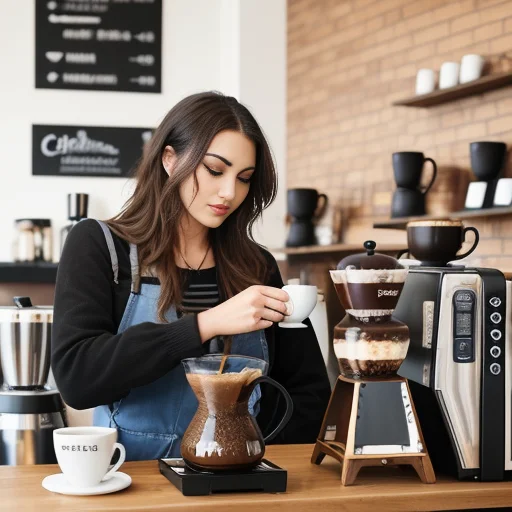As an Amazon Associate I earn from qualifying purchases.
A Brief History of Coffee and Coffee Culture
The fascinating history of when were coffee makers invented technology reflects the enduring human quest for a convenient, quality cup of coffee. But to understand the innovations in coffee brewing methods, it helps to first look at the history of coffee itself.
The origins of coffee drinking stretch back over 1000 years to ancient Ethiopia and Yemen, where the Native inhabitants chewed the raw beans or brewed primitive infusions. The energizing effects of this exotic new beverage soon made it popular across the Middle East. Coffee houses which served the brew started appearing in Mecca and Cairo in the late 1500s.
From the Middle East, the coffee craze then spread to Europe. Coffee houses opened in Venice in the 1600s, providing social hubs where people could discuss politics, business, and more over a cup. The coffee house culture also flourished in England, Germany, and Austria.
As Europeans began colonizing the Americas, coffee gained a foothold in the New World as well. Plantations were established to cultivate coffee commercially, with Latin American countries like Brazil, Colombia, and Guatemala becoming major producers.
In America, coffee drinking was popularized when the revolutionary Sons of Liberty met in Boston coffee houses to plan rebellion against the British. After the Boston Tea Party, drinking coffee became associated with the fight for liberty as Americans switched from tea to coffee en masse.
The U.S. subsequently developed its own unique coffee culture, with diners, donut shops, cafes, and restaurants all making coffee drinking a central social experience. Innovations like iced coffee also emerged to suit American tastes. The proliferation of café chains like Starbucks in the late 1900s further cemented America’s obsession with coffee.
But for much of history, brewing a quality cup at home remained an arduous process. That is, until pioneering inventors tackled the challenge of engineering the first coffee makers…
When Were Coffee Makers Invented Early Methods
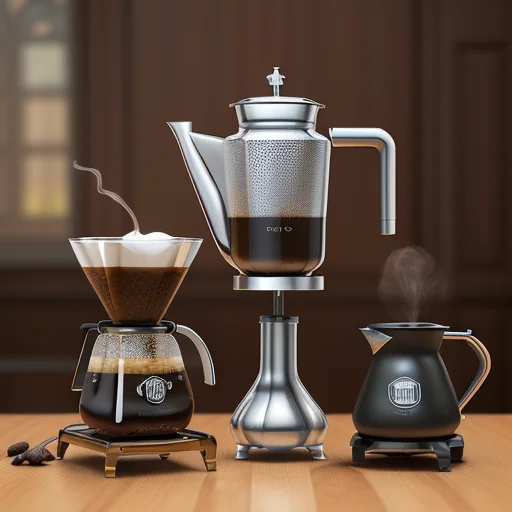
Before coffee makers, brewing a cup of coffee at home required much more time and effort. The early techniques people devised include:
Turkish Cezve Method
Turks used a small, long-handled pot called a cezve to boil and brew coffee grounds over a flame. This produced a strong, rich coffee, but the grounds had to be stirred continuously to ensure even brewing.
Cowboy/Campfire Coffee
This crude method simply involved boiling coffee grounds with water in a pot over a campfire. The grounds were left to settle, then the coffee was carefully poured off the top into cups or canteens.
Infusions
Some early techniques infused ground coffee in cold or hot water, similar to steeping tea leaves. The infusions had to sit for long periods for flavor extraction.
Decoctions
Decoction entailed simmering the grounds for long periods to coax the flavors out. But the constant heat risked bitterness or over-extraction.
These primitive techniques took work and yielded coffee of inconsistent quality. That spurred inventors to search for better coffee brewing solutions.
The Invention of the Coffee Percolator (1819)
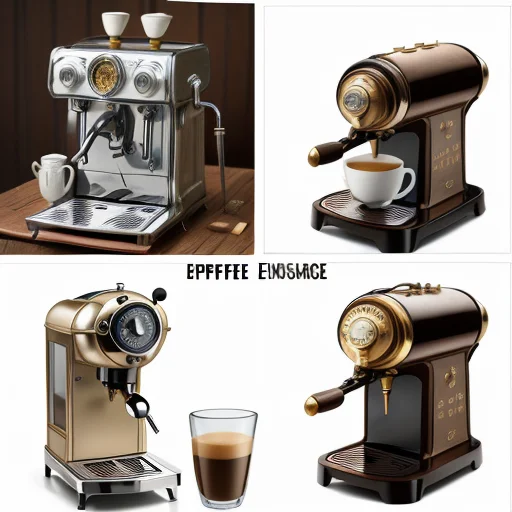
The first major advancement in coffee technology came with the invention of the percolator system in 1819.
English inventor Benjamin Thompson obtained the earliest percolator patent. His design cycled boiling water up through a chamber holding the ground coffee using gravity.
Percolators brewed coffee by essentially trickling heated water through the grounds again and again. This allowed thorough flavor extraction in a relatively short time compared to earlier methods.
The earliest percolators were designed for stovetop use. These primitive “stove pots” were made of metal and sat directly on a range to heat and percolate. The accuracy of temperature control was limited, but they still greatly streamlined brewing.
While crude, these first percolators marked a turning point in coffee making. Their continuous brewing mechanism formed the basis for many automated coffee systems to follow.
Refining Stovetop Percolator Designs (1865 – 1908)
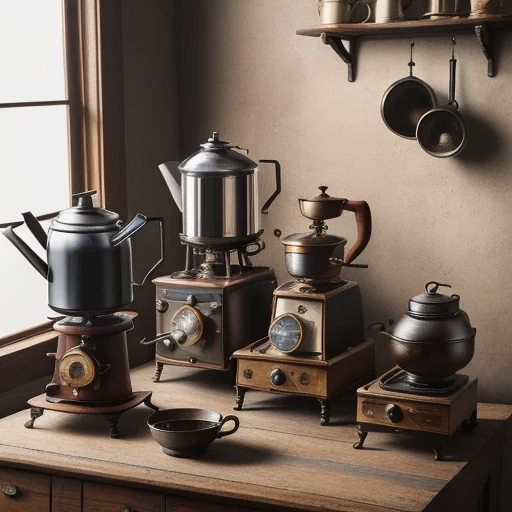
Over the next decades, incremental design tweaks improved the functionality of percolators.
In 1865, Massachusetts inventor James Nason patented the first glass knob percolator. This included a glass knob on the lid that allowed monitoring of the brewing process.
In 1889, Chicago inventor Hans Cropp patented a stovetop percolator with a ready-to-serve indicator. This notified the user when the coffee finished brewing by raising a spring-loaded cap.
Small enhancements like these made stovetop percolators more convenient and foolproof to operate. They paved the way for larger leaps in coffee technology.
The Invention of the Espresso Machine (1884)
While early coffee devices focused on regular brewed coffee, a pivotal innovation specifically for espresso emerged in 1884.
Italian inventor Angelo Moriondo patented an early steam-driven espresso machine capable of producing espresso in bulk. His device forced hot water under pressure through tightly packed coffee grounds to create a strong, concentrated beverage.
This established the fundamental mechanisms behind espresso technology. But Moriondo’s bulky machine design was not commercially viable.
In 1901, Luigi Bezzera patented key improvements to espresso machine designs. His lighter, smaller machines used multiple brewing groups to prepare espresso shots simultaneously.
Bezzera’s innovations directly inspired the founders of La Pavoni to make further advancements in espresso tech. This laid the commercial foundation for the espresso drinks and coffeehouse culture we know today.
Electrification and Rise of Electric Percolators (1890 – 1930s)
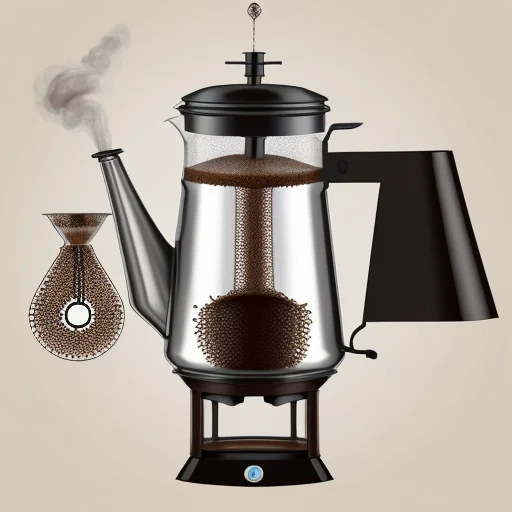
While early percolators relied on stovetops for heating, the spread of electricity enabled a transition to automated, electric coffee makers.
In the 1890s, early patents emerged for percolators using external electric heat sources. This concept was steadily refined.
Finally, in 1908, the German engineering firm WMF patented the first true electric coffee percolator. This percolator integrated an internal electric heating element to automate the coffee brewing process.
As household electrification became more common in the 1920s – 30s, electric percolators gained immense popularity for their convenience and speed. This marked the decline of temperamental stovetop percolators.
Commercialization of Espresso Machines (1900s – 1960s)
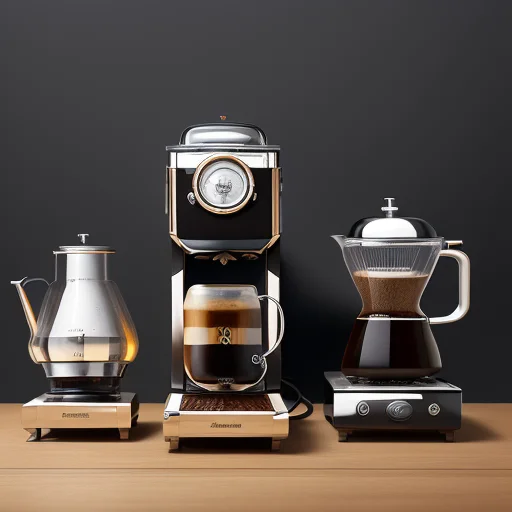
In parallel to the rise of electric percolators, espresso machines also rapidly advanced and commercialized in the early 1900s.
After acquiring Bezzera’s patents, Desiderio Pavoni founded the La Pavoni company in 1905. His improved espresso machine designs became renowned as some of the finest in the industry. The iconic La Pavoni lever machines dominated commercial coffeehouses through the 1960s.
Other manufacturers like Victoria Arduino also emerged as commercial providers of espresso equipment. They specialized in large machines for high-volume coffee shops and restaurants.
This commercialization was key to the global spread of espresso drinks. As espresso became widely available at cafes, it grew from an Italian novelty to an internationally loved staple.
Paper Filters and Automatic Drip Makers (1908 – 1970s)
While percolators and espresso machines brewed with permanent metal filters, an alternate solution emerged that used disposable paper filters.
The earliest paper coffee filters were designed by German housewife Melitta Bentz in 1908. Bentz patented a system using blotting paper shaped into a filter cone. This produced clearer, sediment-free coffee compared to metal percolators.
Over the next decades, paper filters were adopted into various coffee systems. This paved the way for the mass-market success of drip coffee makers.
Unlike percolators, drip makers brewed by simply pouring hot water over grounds in a paper filter. This gentle brewing produced pure, full-flavored coffee.
In 1954, Gottlob Widmann of Bauknecht invented one of the first fully automated electric drip coffee makers.
But drip coffee didn’t truly take off until the 1970s. That’s when North American Systems released its iconic electric drip machine, Mr. Coffee.
Mr. Coffee was an overnight success. It became the standard appliance in American kitchens for effortless drip brewing at home. To learn more about drip coffee maker longevity, check out this article on how long do coffee makers last.
The French Press (1929)
While drip and perk systems relied on filters, a filtration-free immersion method was popularized by the French press.
In 1929, Italian designer Attilio Calimani patented the first French press coffee maker. It was named the “cafetière” in France.
This hands-on device consisted of a glass beaker, filter plunger, and lid. Finely ground coffee was steeped in hot water, then the grounds were pressed to the bottom before pouring.
The French press produced robust, sediment-rich coffee beloved by true coffee connoisseurs.
Check out “Coffeemaker” to know more about the history.
FAQs About the History of Coffee Makers
Who invented the first coffee percolator?
The earliest coffee percolator was patented in France in 1819 by Benjamin Thompson.
When was the first electric coffee maker created?
The first patented electric coffee maker was invented in Berlin, Germany in 1908.
What year did Mr. Coffee hit the market?
Mr. Coffee, the first automatic drip coffee maker, was released in 1972 by North American Systems.
When did single-serve coffee pods become popular?
Single-serve systems like Keurig K-Cups gained major popularity in the 1990s and 2000s.
As an Amazon Associate I earn from qualifying purchases.

